What Are Directional Tires? Exploring the Pros and Cons
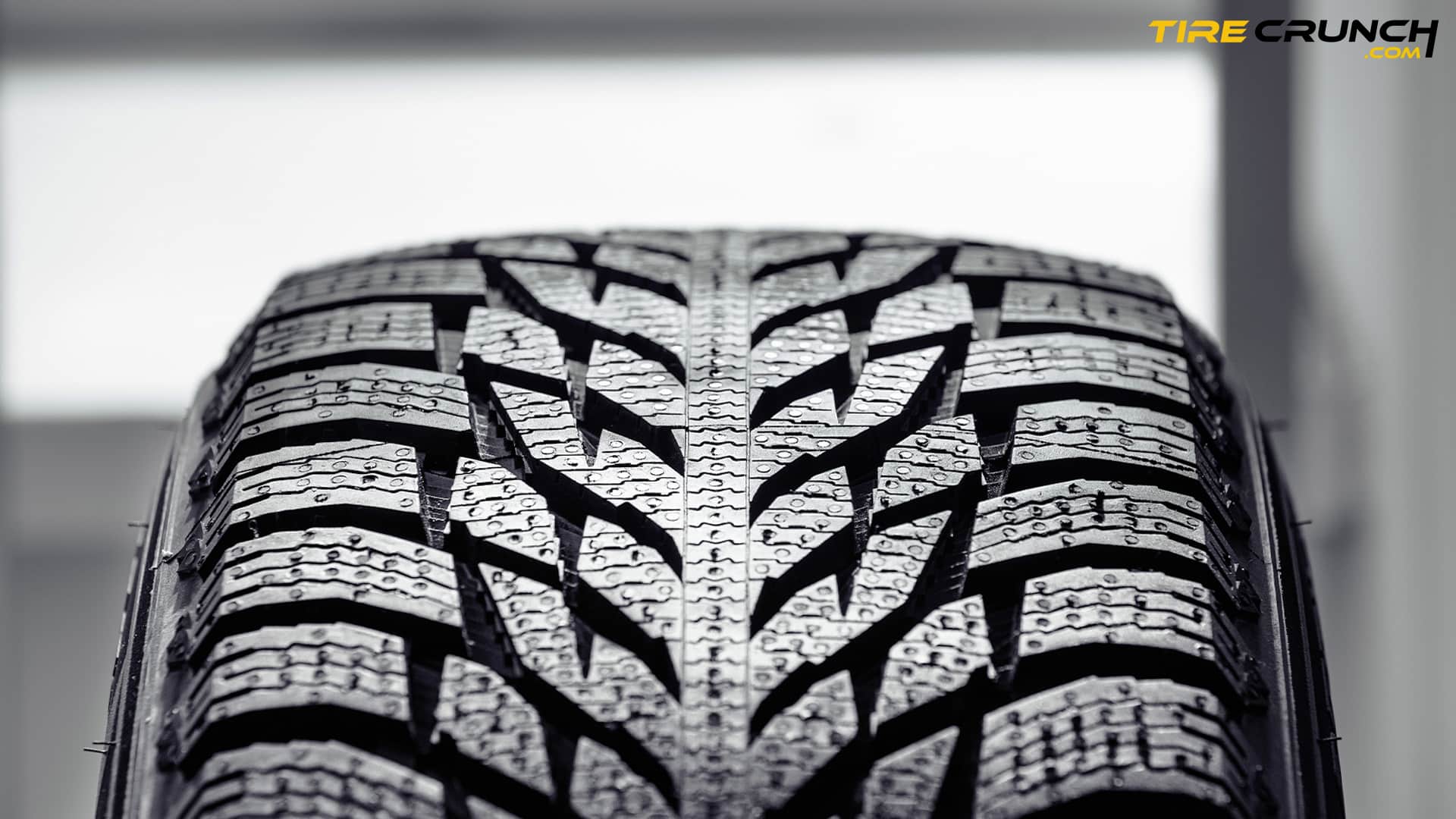
Ever wondered why some tires seem to perform better in wet or high-speed conditions? Enter the world of directional tires! These specialized tires have unique features that set them apart from their non-directional counterparts, offering impressive benefits such as improved traction, handling, and fuel efficiency.
In this article, we will discuss the advantages and disadvantages of directional tires, including their superior wet weather performance, high-speed handling, and cornering stability.
What Are Directional Tires?
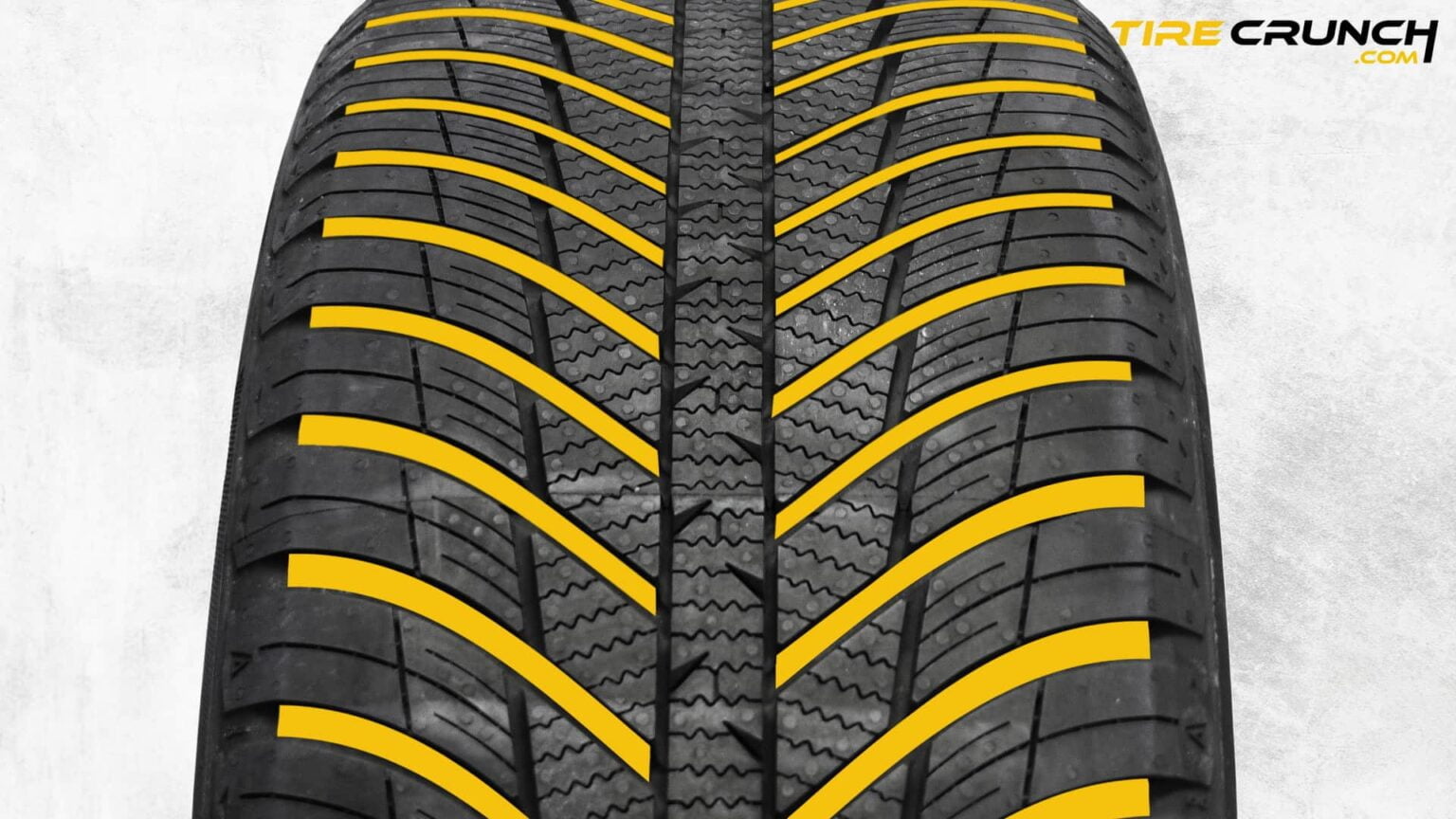
Directional tires are designed with a specific tread pattern that has the ability to channel water away from the center of the tire, reducing hydroplaning and increasing stability in wet driving conditions.
The main feature of directional tires is their V-shaped or angled tread pattern. The angled tread blocks push water away from the center of the tire, improving wet weather performance and reducing instances of hydroplaning.
The directional tread pattern also provides improved high-speed handling and cornering stability, making these tires popular among sports car owners and drivers who prioritize performance.
Advantages Of Directional Tires
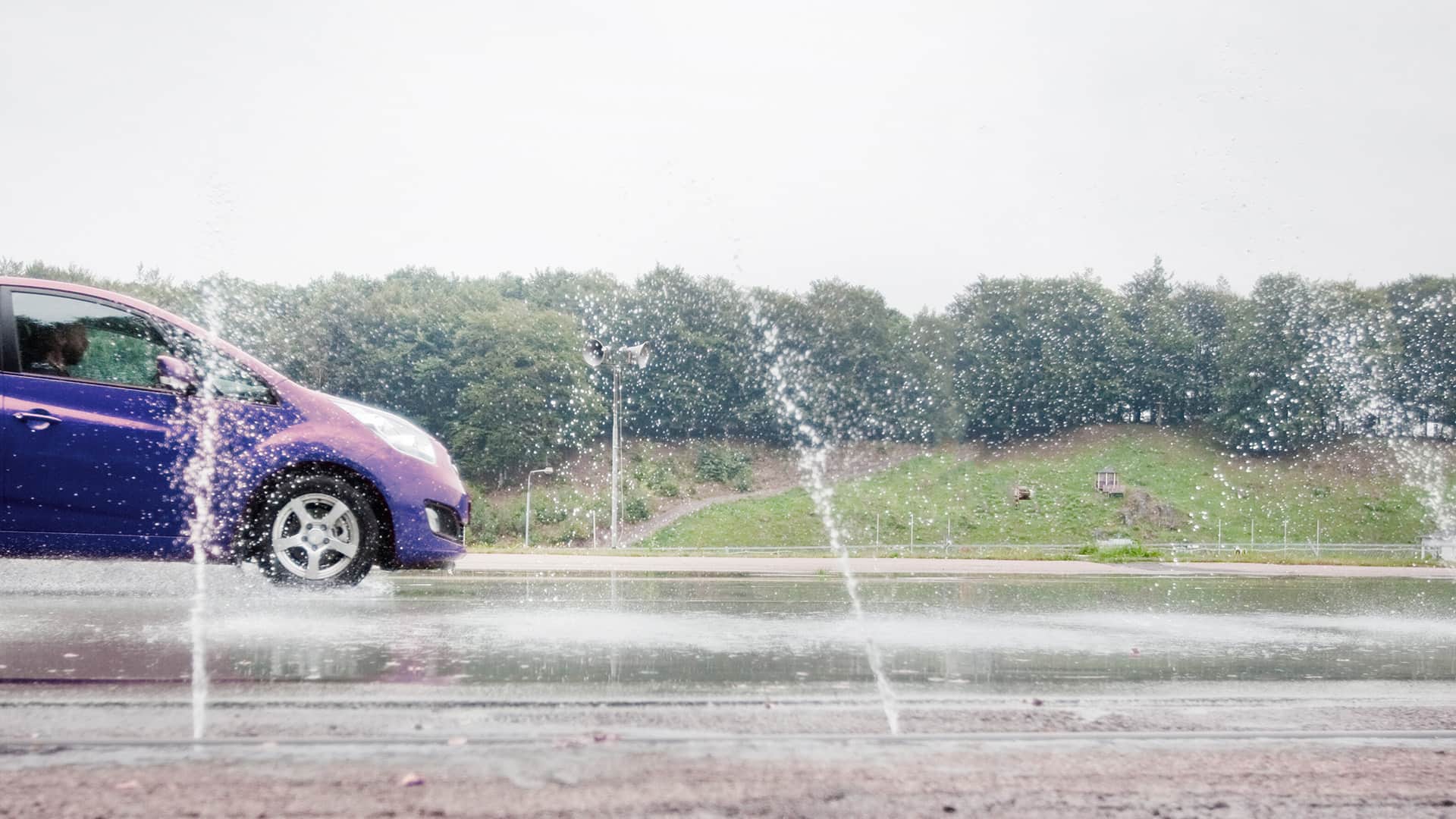
Hydroplaning occurs when a vehicle’s tires encounter more water than they can displace, causing them to lose contact with the road and become prone to skidding. By creating channels in the tire tread that direct water outward and away from the center of the tire, directional tires can help reduce incidents of hydroplaning even in wet weather conditions.
Disadvantages Of Directional Tires
This also means that when purchasing new directional tires, it is important to ensure that they are mounted correctly. The manufacturer’s intended direction should be clearly marked on the tire sidewall, usually with an arrow pointing forward.
Mounting them in the wrong direction can affect the handling, cornering stability, and overall traction – reducing the tire’s performance capabilities.
Rotating Directional Tires
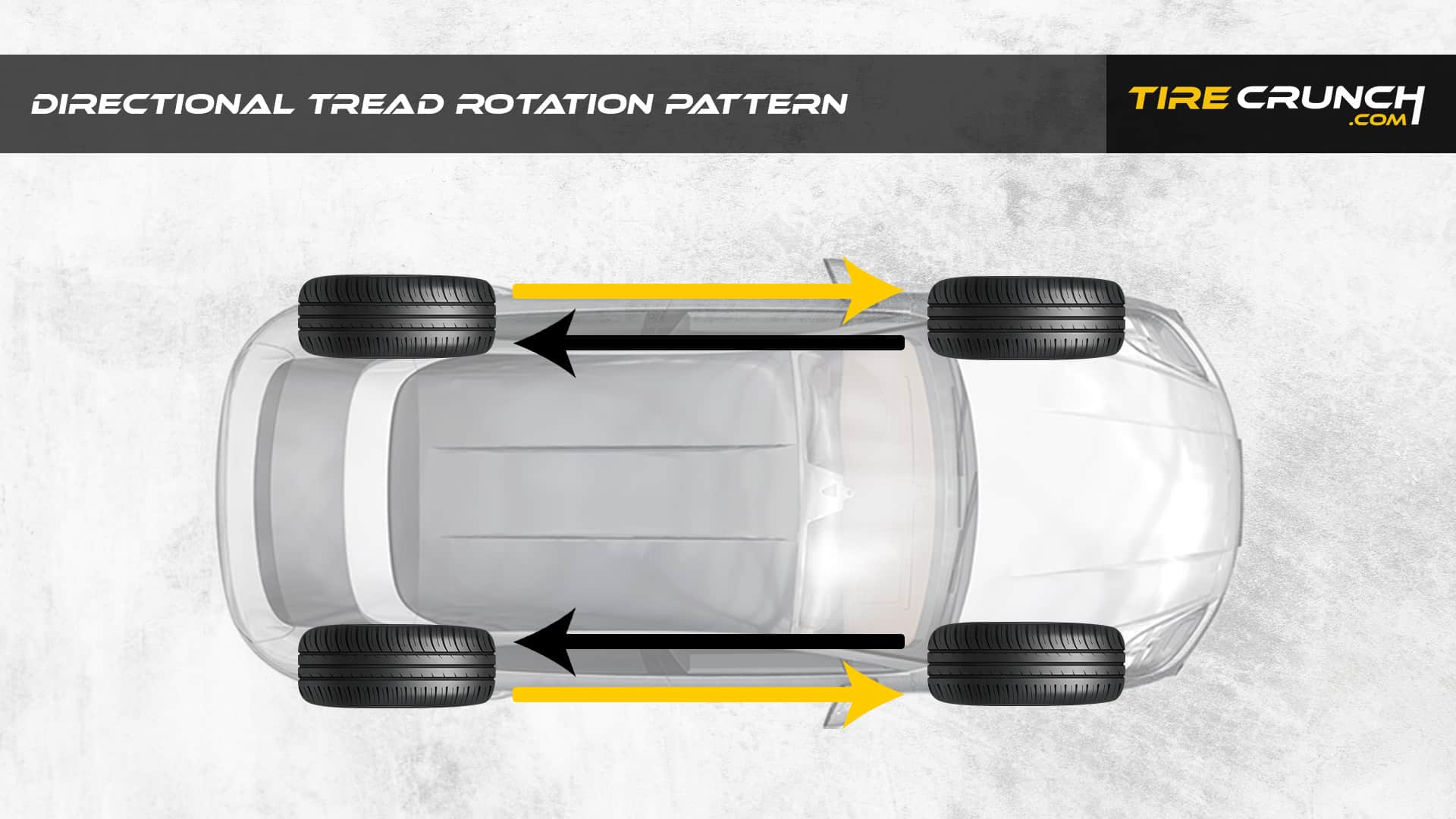
Rotating directional tires is a bit more tricky than rotating asymmetrical or symmetrical tires. Since directional tires are meant to rotate in only one direction, they must follow a modified cross pattern rather than the traditional front-to-back and side-to-side rotations performed on other types of tires.
Directional tires can only be rotated from front to rear on the same side so they stay installed in the correct direction.
It’s important to note that not all vehicles can have their directional wheels rotated, as some cars require different tire sizes on front and rear axles or have larger wheels on one axle versus another.
Mounting Directional Tires
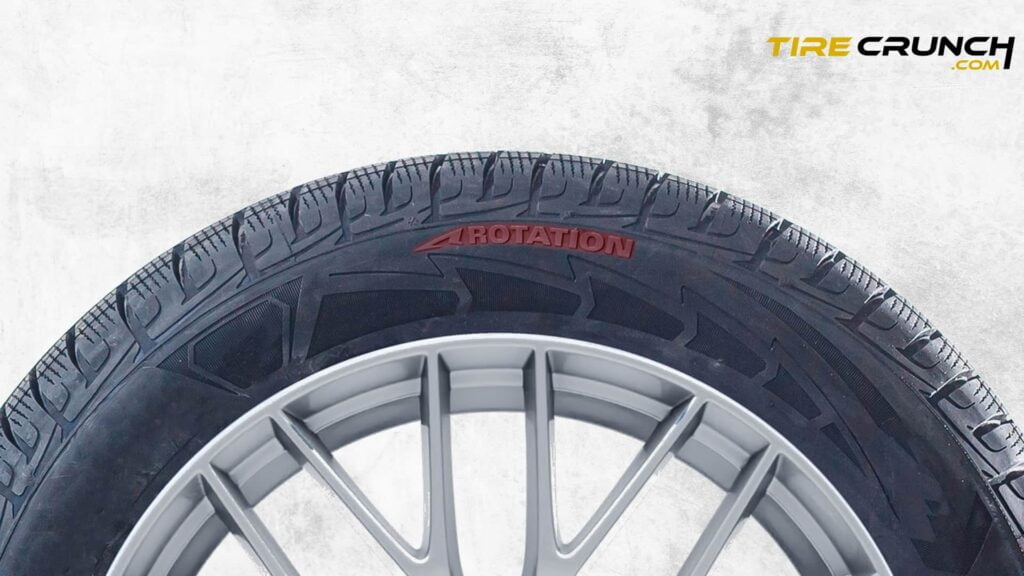
One of the most important aspects of using directional tires is ensuring that they are mounted in the correct direction.
The arrows on the sidewalls of directional tires indicate the direction in which they should be mounted. Make sure to follow these arrows when mounting the tire onto your vehicle.
How to Tell If Your Tires Are Directional?
Directional tires can be identified by the arrows or other markings on the sidewall that indicate the correct rolling direction. Look for an arrow pointing in one specific direction, as this is how these tires are designed to function at their best.
Additionally, directional tires have a V-shaped tread pattern with lateral voids on either side of the center rib. These channels improve wet weather performance by increasing traction and reducing hydroplaning incidents.
Directional Tires Vs Non-Directional
Directional tires are designed to perform better in wet conditions than non-directional tires. The unique tread pattern of directional tires allows for water evacuation and improved traction, resulting in a safer driving experience on slippery roads.
Additionally, directional tires offer high-speed handling and improved cornering stability due to their construction.
On the other hand, non-directional tires tend to have a more traditional tread pattern that can perform well on dry surfaces but may not excel in wet weather as directional tires do. However, non-directional tires generally provide a quieter ride and longer wear life.
Related Reading: Open Shoulder Vs Closed Shoulder Tires
Other Types Of Tires And Their Benefits
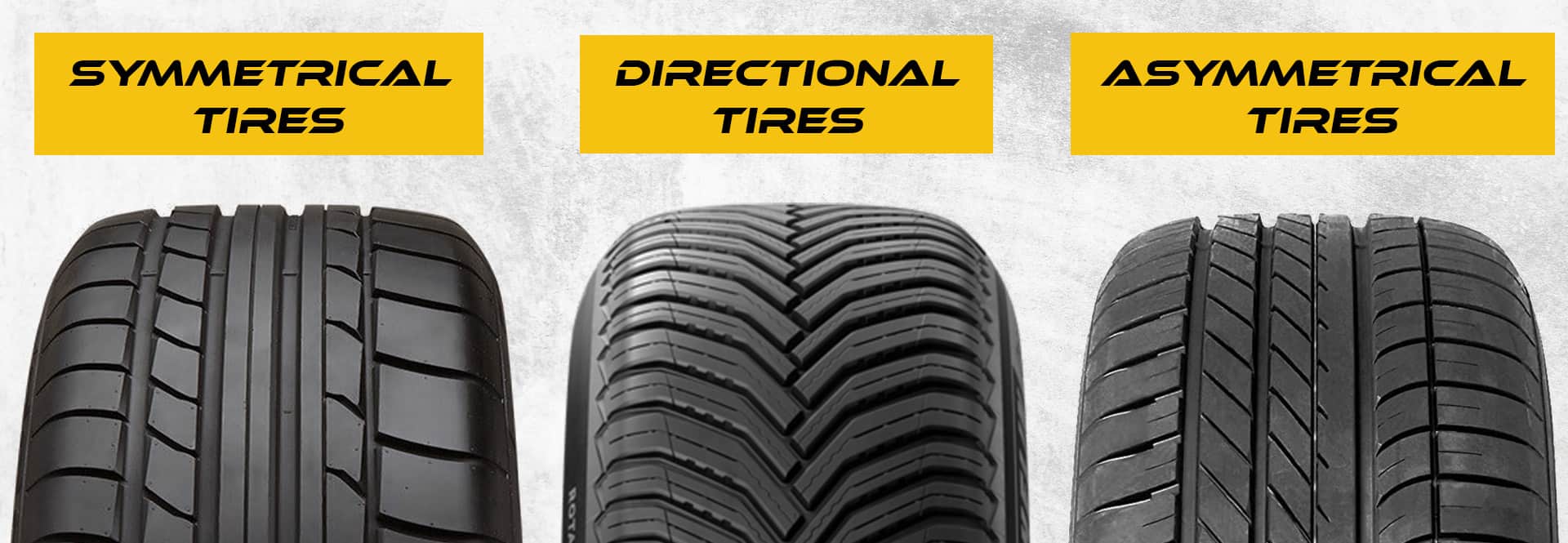
Apart from directional tires, there are two other common types of tires – symmetrical and asymmetrical tires – that offer their own set of unique benefits.
Symmetrical Tires
Symmetrical tires are one of the most common types of tread patterns used on car and truck tires. These tires feature a repeated pattern of tread blocks that is identical on the inside and outside.
This type of tire does not need to be mounted in a particular direction, which makes tire rotations possible without any extra effort.
Asymmetrical Tires
Unlike symmetric tires, asymmetrical tires have two different halves to their tread design.
The outer half is designed for better grip and handling on dry roads while the inner half is focused on providing improved traction in wet conditions. This unique design allows for superior performance in a wide range of weather and road conditions.
Unlike symmetrical tires, asymmetrical tires must be installed with a specific side facing out – usually marked on the side of the tire.
what happens when directional tires are put on backwards?
One of the most common questions related to directional tires is what is the effect of running directional tires backward and whether it can negatively impact their performance or cause damage.
To investigate this, Tire Rack conducted a tire test using Goodyear’s Eagle F1 GS-D3 Max Performance tires on an SVT Cobra Mustang. The tests were conducted on both dry and wet tracks, with the tires mounted correctly and backward in each case.
Surprisingly, the test results showed that running directional tires backward did not cause any significant damage or impact their performance, at least not in the specific conditions tested. On a dry and on wet track, the lap times were nearly identical, with only a negligible difference observed.
However, the test was conducted on a track with a 1-degree grade and without the presence of puddles or standing water. The average lap speeds were also moderate, and the top speed was around 55 mph.
Therefore, it is possible that the performance differences could become more pronounced at higher speeds, deeper water, or puddles.
The Test Results of Running Directional Tires Backward
| Mounted Correctly | Mounted Backward | |
| Dry Track | 29.387 seconds | 29.465 seconds |
| Wet Track | 30.373 seconds | 30.387 seconds |
Are Directional Tires Noisy?
Directional tires can be noisier compared to other tire types due to their unique tread pattern. The V-shaped tread design is specifically made for optimal road contact, improved traction, and stability on wet surfaces. However, the trade-off for improved performance is increased noise levels on dry pavement.
Conclusion
In conclusion, directional tires are an excellent choice for drivers who want maximum performance and safety on both wet and dry surfaces. With their unique tread patterns designed to channel water away from the center of the tire, directional tires provide superior traction, stability, and handling at high speeds.
Although they may be a bit more expensive than non-directional tires, their benefits far outweigh the cost. Just make sure you remember that they cannot be rotated side to side and must always revolve in one specific direction.
And when it comes to choosing between symmetrical or asymmetrical designs, it all depends on your driving needs and preferences. So if you’re looking for a tire that can keep up with your high-performance vehicle or give you peace of mind during rainy weather conditions, directional tires might just be what you need!
